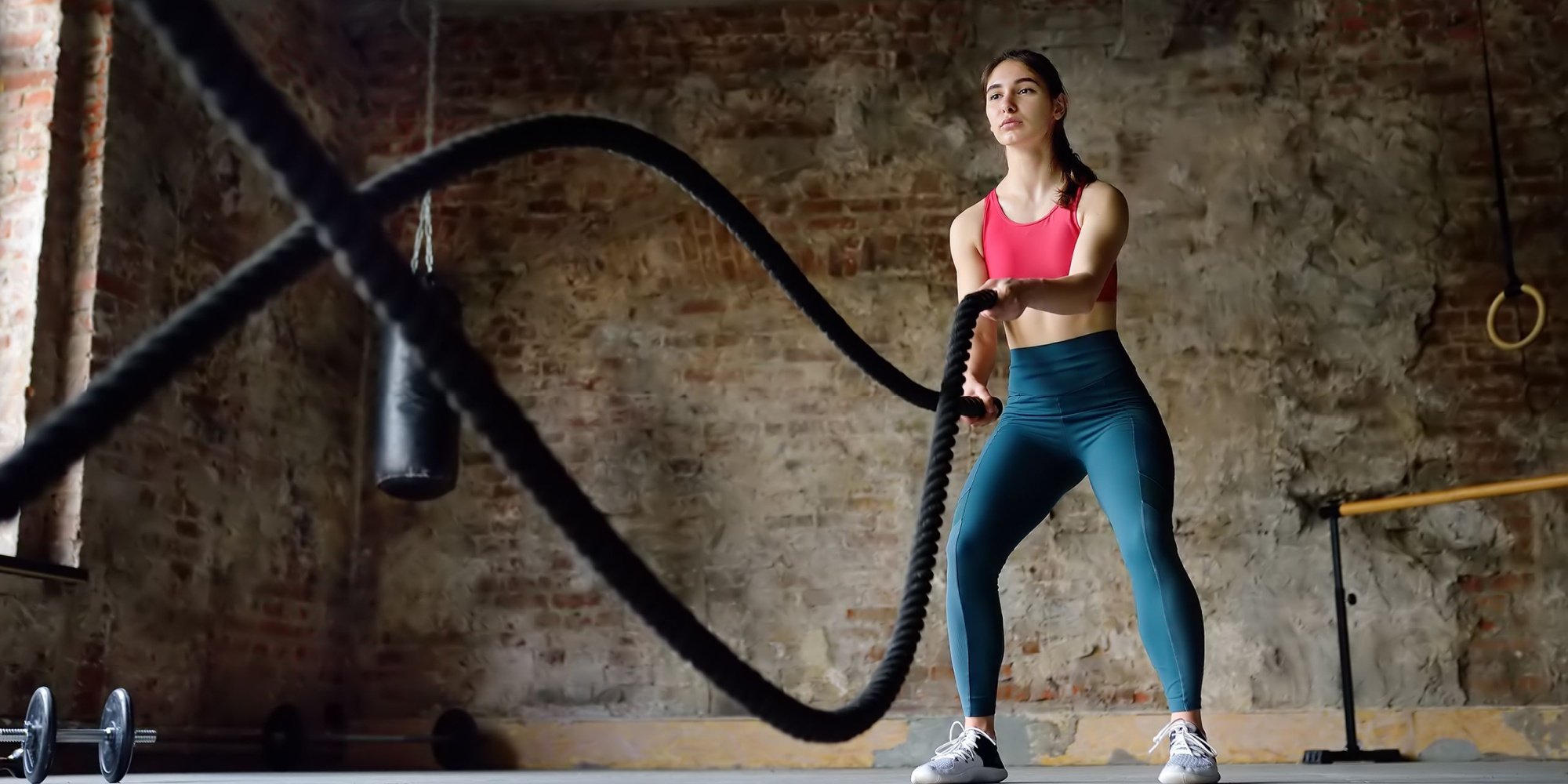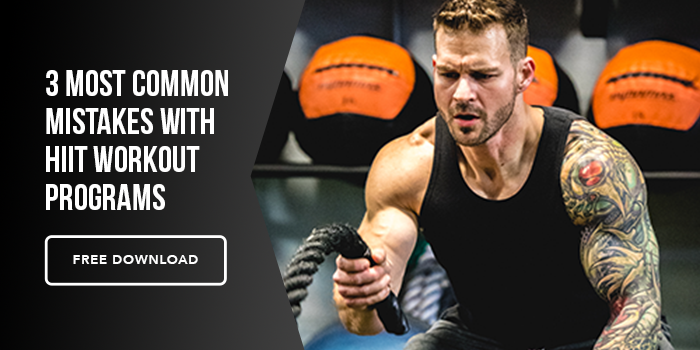HIIT isn’t just for cardio bros in weighted vests sprinting up hills with CamelBak’s full of electrolytes. These days, the term gets thrown around to describe everything from 20-second sprints on a bike to dumbbell thrusters in a CrossFit class.
It stands for High-Intensity Interval Training — short bursts of all-out effort followed by rest. And while originally a cardio term, HIIT-style training is now everywhere, including strength sessions, bootcamps, and bodybuilding programs.
The question is: does it actually work?
Let’s break it down.
What Counts as HIIT?
True HIIT is structured around intensity and intervals. You work hard (really hard), then rest long enough to do it again.
Example:
30 seconds of all-out effort
90 seconds of recovery
Repeat for 15-20 minutes
This can be applied to:
- Sprint intervals on a track
- Rowing, sled pushes, or air bikes
- Barbell circuits or dumbbell complexes (when programmed correctly)
HIIT is not:
- 40 minutes of nonstop burpees with zero rest
- A fast-paced YouTube workout with sloppy reps
What the Research Says HIIT Does Well
Improves Cardiovascular Fitness
Studies show HIIT boosts VO₂ max (a measure of aerobic capacity) as well or better than traditional steady-state cardio — in less time.
Time Efficiency
One of HIIT’s biggest advantages is you don’t need much. Even 15-20 minutes per session can yield measurable improvements in fitness.
Improves Insulin Sensitivity
HIIT has been shown to reduce insulin resistance, particularly in people with metabolic syndrome or prediabetes. It improves how muscles absorb and use glucose, which helps regulate blood sugar.
Supports Fat Loss (Sort of)
Yes, HIIT can help with fat loss — especially when paired with a calorie deficit. But it’s not magic. Some of the hype around “burning fat for 48 hours” is overblown. The afterburn effect (EPOC) exists, but the calorie bump isn’t massive.
May Help Preserve Muscle While Cutting
Compared to steady-state cardio, HIIT may help retain more muscle — particularly if you're doing resistance-based intervals like kettlebell swings or barbell work.
What HIIT Doesn’t Do
Replace Strength Training
Lifting weights in a circuit isn’t the same as progressive overload. If your goal is to build muscle, lifting needs structure, not chaos.
Burn Fat Without a Calorie Deficit
You can sweat through a shirt and still gain weight if your nutrition is off. HIIT is a tool — not an override switch for metabolism.
Work for Everyone
HIIT is intense by design. It’s not ideal for beginners, people recovering from injury, or anyone running on low sleep and caffeine fumes.
HIIT vs. Steady-State Cardio
Both have value. Here’s how they compare:
Steady-State:
- Lower stress on joints and nervous system
- Easier to recover from
- Can be done more often
- Great for building an aerobic base
HIIT:
- Greater improvements in peak performance
- Time-efficient
- Slightly better at improving insulin sensitivity
- Demands more recovery
Verdict? Don’t marry either one. Rotate both depending on your phase, goals, and schedule.
When to Use HIIT
You’re on a time crunch
You want to increase work capacity or VO₂ max
You’re cutting and trying to preserve lean mass
You enjoy pushing yourself (and actually recover well)
When to Skip It
You’re already lifting heavy 4-5x/week and feel drained
You’re new to training or building an aerobic base
You’re not recovering (poor sleep, mood, libido, etc.)
You just flat-out hate it (you won’t stick to what you hate)
Programming Tips
Keep sessions short: 15–25 minutes is enough
Stick to 1–3x per week
Use low-skill tools: air bike, sled, rower — not Olympic lifts
Start with a 1:2 or 1:3 work-to-rest ratio
Track your recovery: HRV, mood, sleep — it all matters
Also, be honest about your effort. If you can talk during the interval, it's not HIIT.
Final Thoughts: Is HIIT Worth It?
Used sparingly and intelligently? Yes. HIIT is one of the most efficient training modalities available.
But it’s not for everyone, and it’s not the backbone of a complete fitness routine.
If you’re lifting regularly, eating well, and recovering fully, HIIT can add a powerful boost. If your nervous system is hanging on by a thread, don’t throw intervals on top of it.
Train hard. Recover harder. That’s how you get results — whether you sprint or stroll.






